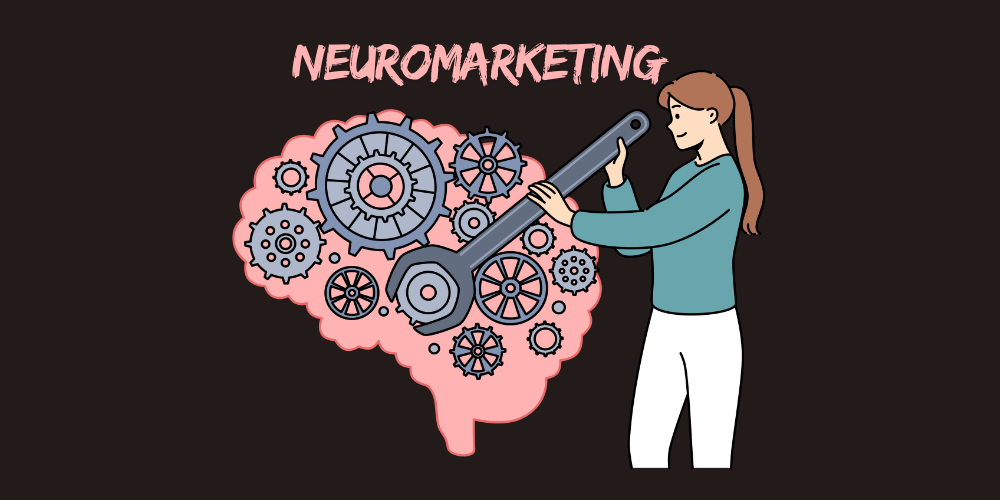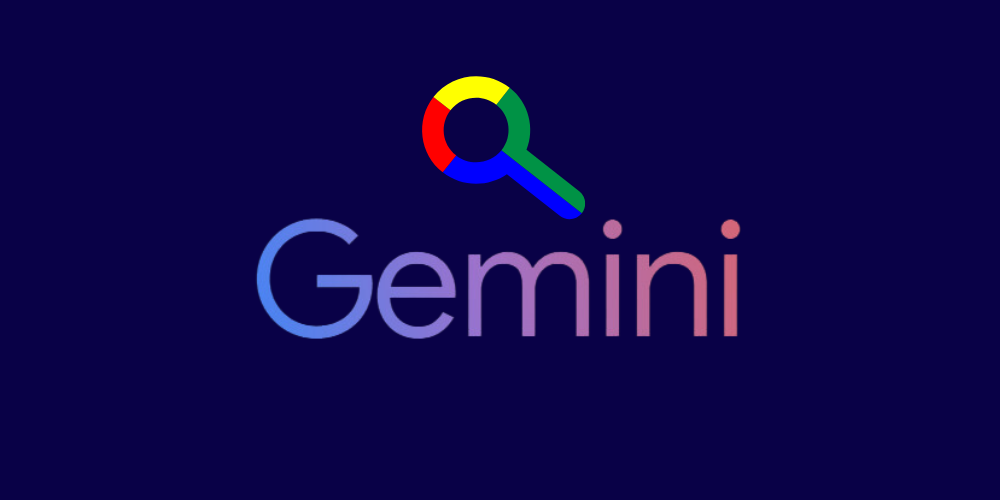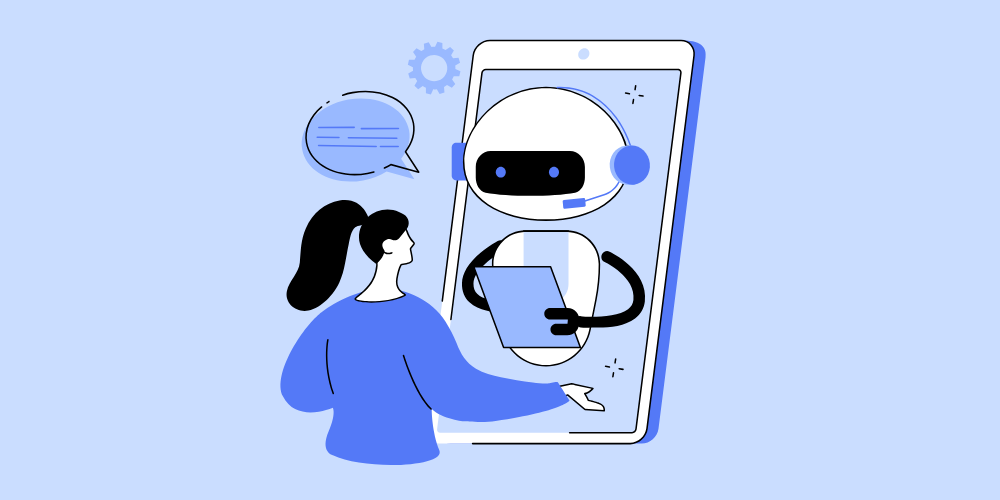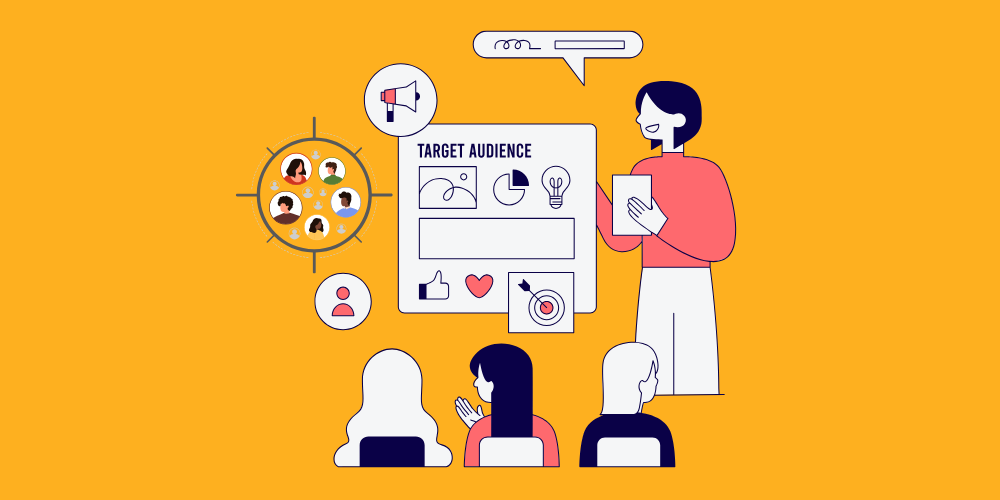The emergence of Brain-Computer Interfaces (BCIs) marks a transformative moment in the fast-evolving landscape of digital marketing, where personalization and consumer psychology play a crucial role. This new field, sometimes called Neuromarketing 2.0, brings science closer to the individual thoughts and emotions of consumers, offering brands a potential edge in tailoring products, services, and experiences. By directly linking neural signals to computer systems, BCIs can reveal a new depth of consumer insights that was previously inaccessible. Here, we’ll explore how BCIs can reshape neuromarketing, the benefits and challenges they introduce, and how they could redefine consumer experiences.
What are Brain-Computer Interfaces ?
At its core, a Brain-Computer Interface (BCI) is a communication system that translates brain activity into commands that an external device can interpret and respond to. BCIs capture neural signals using electrodes and translate them into digital data, enabling individuals to control or interact with devices without physical movement. While BCIs were initially developed for healthcare and neuroscience research, they are now gaining traction across multiple industries—including marketing.
How BCIs Enhance Neuromarketing
BCIs open a new frontier in neuromarketing by allowing brands to interpret subconscious consumer responses to products, messaging, and experiences. Traditional marketing relies on surveys, A/B testing, and analytics to gauge interest, but these methods can be indirect or influenced by bias. With BCIs, marketers could bypass some limitations and gather raw, unbiased consumer reactions. By understanding neural responses like attention, arousal, and emotional engagement, brands can tailor marketing strategies to truly resonate with consumers.
Key Ways BCIs Elevate Neuromarketing:
- Enhanced Emotional Insight
BCIs provide real-time data on consumer emotions, highlighting whether a viewer finds an ad exciting, neutral, or disengaging at specific moments. This can enable marketers to modify campaigns in ways that capture genuine attention and resonate emotionally. - Improved Targeting
By tapping into subconscious preferences, BCIs could help in identifying consumers who are more likely to respond positively to certain products or ads. This allows for hyper-targeted marketing, potentially improving conversion rates. - Optimized Content
With insights into which visual elements, sounds, or words evoke the strongest responses, marketers can optimize ad elements in real-time. For example, if a segment of an ad consistently shows low engagement, it could be altered or removed to better maintain consumer attention.
Real-World Applications of BCIs in Marketing
Several companies are beginning to experiment with BCIs and neuromarketing to gain an edge in consumer engagement. Though the field is still in its early stages, the potential applications of BCIs are already becoming evident.
Case Study: Neurable’s BCI Headphones
Neurable, a company specializing in BCI technology, developed a pair of headphones that not only play audio but also monitor the brain’s attention levels. In marketing tests, they found that consumers listening to ads with the headphones provided unfiltered responses to the content. When engagement levels dropped, marketers noted these points as cues for possible optimization. Using real-time feedback, ads could be edited to retain audience attention more effectively.
Example: Pepsi’s Emotional Advertising
Pepsi experimented with BCIs in a campaign where participants watched their ads while connected to BCI equipment. The data gathered on emotional responses at different points in the ad allowed Pepsi to understand the highs and lows of viewer engagement. They used these insights to refine ad segments, ultimately creating more compelling content.
Tools & Technology: Current Landscape of BCI-Driven Neuromarketing
Several BCI tools have been developed to explore and utilize neural signals for marketing purposes. Here are some of the primary technologies:
- Neurable
Neurable’s headphones, as mentioned, monitor attention and engagement, making them ideal for gathering unfiltered consumer responses to media. - Emotiv’s EEG Headsets
Emotiv’s headsets are widely used for consumer neuroscience and provide marketers with insights into how consumers react to different visual stimuli. The device is popular in neuromarketing research for understanding brand engagement. - Neuro-Insight
This technology uses Steady State Topography (SST) to track neural activity, helping brands understand emotional response and memory encoding. By tracking what parts of an ad are memorable, marketers can design campaigns that stick.
The Benefits of Using BCIs in Marketing
- Personalized Experiences
With deeper insights into consumer preferences, BCIs make hyper-personalization possible. Marketers could eventually use real-time neural data to create experiences tailored to a consumer’s emotional state and preferences. - Higher Engagement Rates
By knowing exactly when a viewer loses interest, marketers can alter content accordingly, thereby increasing engagement rates. - Improved Brand Loyalty
Neuromarketing with BCIs can help brands build trust by offering experiences that genuinely cater to consumer needs and preferences, fostering brand loyalty. - Reduced Ad Fatigue
By using neural insights to keep ads fresh and engaging, BCIs can help reduce ad fatigue, which often results when consumers are shown irrelevant or unappealing ads.
Ethical Considerations in BCI Neuromarketing
While BCIs offer enticing possibilities for marketers, they also raise ethical questions about consumer privacy and autonomy. Using BCIs to gather subconscious data can feel intrusive to consumers, especially if they’re not fully aware of what information is being collected.
Key Ethical Considerations:
- Informed Consent
Consumers must be fully informed about what data is being collected, how it’s being used, and who has access to it. - Data Security
As neural data is highly personal, brands and organizations must prioritize data protection and security, ensuring that this sensitive information does not fall into the wrong hands. - Transparent Practices
Brands should adopt transparency in how they utilize neuromarketing data to gain consumer trust and reduce any potential backlash.
Example: Facebook’s Cautionary Tale
Facebook’s past controversies around data privacy underscore the importance of transparency. If companies begin using BCIs without clearly communicating data use practices, they risk consumer backlash. Ensuring consumers understand the value exchange (better personalized experiences for their data) is key to ethical neuromarketing.
How BCIs Will Shape the Future of Marketing
With rapid advancements in BCI technology, the role of BCIs in marketing is likely to expand. In the future, BCIs could be an integral part of a marketer’s toolkit, helping brands go beyond demographic or behavioral targeting and dive straight into the subconscious motivations and interests of consumers.
Actionable Steps for Marketers:
- Stay Informed
As BCIs are still evolving, marketers should follow industry updates and attend neuromarketing conferences to stay ahead. - Test Ethical Data Collection Methods
Before implementing BCIs, brands can experiment with ethically-sound neuromarketing tools, like EEG headsets, and consider customer feedback. - Develop Transparent Policies
Marketers should outline how they intend to use BCI data and establish clear privacy policies to build consumer trust. - Educate Consumers
For consumers to feel comfortable with BCI technology, brands should invest in educational content that explains how BCIs can enhance their experiences.
Conclusion
As Neuromarketing 2.0 takes shape, BCIs offer a bold new frontier for understanding and engaging with consumers. While the technology is in its early stages, BCIs promise to revolutionize personalization in marketing by delivering consumer insights directly from the source: the brain. However, success in this area requires a balanced approach—one that combines cutting-edge tech with a strong commitment to ethics and transparency. By adopting BCIs thoughtfully, brands can unlock a new level of connection with consumers, creating ads and experiences that resonate more deeply than ever before.




